Hello, 
The loudspeaker has been damaged:
Alesis M1 Active Mk2.
The power supply has fallen, many components have been damaged, but they are available for purchase.
The TDS-1196 transformer also works in the power supply.
I have a suspicion that it may be damaged, and there will be trouble buying it.
(the transformer turned out to be in working order)
Is anyone able to estimate on the basis of the diagram (attached)
what inductance should the primary windings have? I would like to diagnose him this way.
Unfortunately, the transformer is an Alesis product and its parameters are nowhere to be found.
I did send an inquiry to the manufacturer, but so far no answer.
If this is not possible, the second column is functional, but I would like to avoid desoldering it :-)
The second fundamental question is, is it possible to somehow define the parameters of this transformer, so that it can be replaced with something else, or made independently?
I would like to add that the damage occurred when the loudspeaker was turned on.
My house fuse has blown :-)
As a result, I was able to diagnose that the transistors controlling the transformer: Q1 and Q2 flew. Resistor R15 is all black and because it sits near the transformer, the latter is also blackened. After desoldering the transformer, it turned out that one wire is broken (burnt?) Right next to the soldering point to the transformer's leg. All transformer circuits are conductive. Unfortunately, I cannot determine whether the scorch was caused by the burning of the resistor, or if the transformer winding was also on fire.
The transistors controlling the Q1 transistor, i.e. Q3 and Q4, are also damaged. Of course, there were also diodes from the Graetz bridge D1 - D4
I also have a general question. What is the most common cause of this type of damage - breakdown of power transistors? Is the transistor simply dropping out of old age (wear)?
The loudspeaker has been damaged:
Alesis M1 Active Mk2.
The power supply has fallen, many components have been damaged, but they are available for purchase.
The TDS-1196 transformer also works in the power supply.
I have a suspicion that it may be damaged, and there will be trouble buying it.
(the transformer turned out to be in working order)
Is anyone able to estimate on the basis of the diagram (attached)
what inductance should the primary windings have? I would like to diagnose him this way.
Unfortunately, the transformer is an Alesis product and its parameters are nowhere to be found.
I did send an inquiry to the manufacturer, but so far no answer.
If this is not possible, the second column is functional, but I would like to avoid desoldering it :-)
The second fundamental question is, is it possible to somehow define the parameters of this transformer, so that it can be replaced with something else, or made independently?
I would like to add that the damage occurred when the loudspeaker was turned on.
My house fuse has blown :-)
As a result, I was able to diagnose that the transistors controlling the transformer: Q1 and Q2 flew. Resistor R15 is all black and because it sits near the transformer, the latter is also blackened. After desoldering the transformer, it turned out that one wire is broken (burnt?) Right next to the soldering point to the transformer's leg. All transformer circuits are conductive. Unfortunately, I cannot determine whether the scorch was caused by the burning of the resistor, or if the transformer winding was also on fire.
The transistors controlling the Q1 transistor, i.e. Q3 and Q4, are also damaged. Of course, there were also diodes from the Graetz bridge D1 - D4
I also have a general question. What is the most common cause of this type of damage - breakdown of power transistors? Is the transistor simply dropping out of old age (wear)?



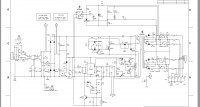
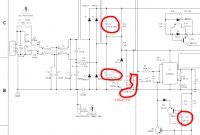

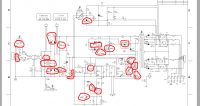
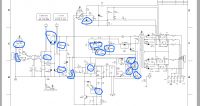
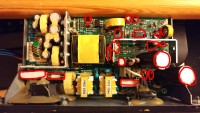
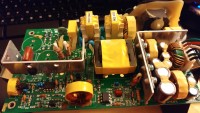
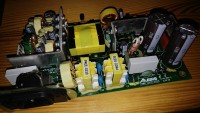
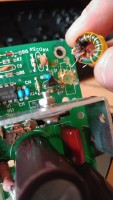
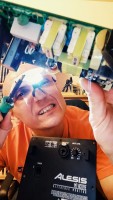


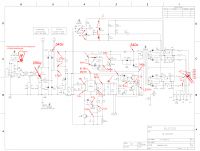
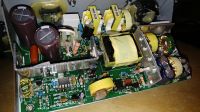
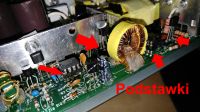
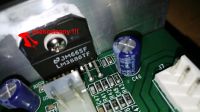
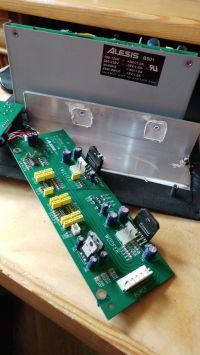


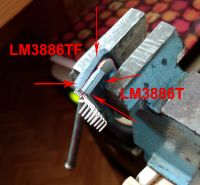

 and very good photographic documentation and legible diagrams.
and very good photographic documentation and legible diagrams.